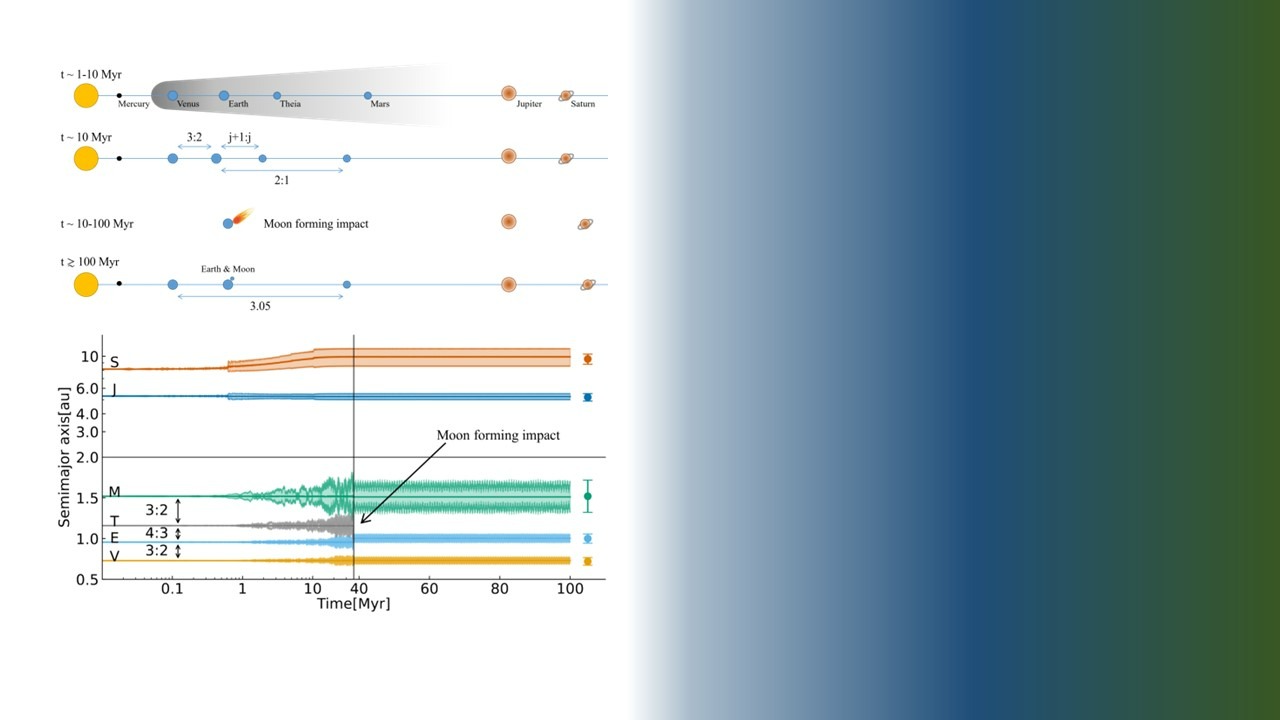
-

2025.12.12
Tsinghua University and Leiden Observatory Jointly Reveal the Diversity of Obscured Quasars and Supermassive Black Hole Growth in the Universe
Abstract: An international research team led by the Department of Astronomy at Tsinghua University has successfully identified 23 of the most luminous dust-obscured quasars (Type-2 QSOs) from the 'cosmic noon' (2 to 3 billion years after the Big Bang corresponding to redshift z = 0.88–3.49), using spectroscopic observations from the world's most advanced ground-based telescopes, Keck and Gemin...
More -

2025.11.19
Decoding Andromeda: Tsinghua and PMO Team Reveal "Premature Fading" of X-ray Binaries
A joint research team led by the Department of Astronomy at Tsinghua University and the Purple Mountain Observatory (PMO) of the Chinese Academy of Sciences has conducted the most comprehensive X-ray survey to date of our neighboring galaxy, Andromeda (M31), using the European Space Agency’s (ESA) XMM-Newton space telescope. The study reveals that the total X-ray luminosity of Low-Mass X-ray B...
More -

2025.11.14
A “Living Fossil” of the Very Early Universe? Discovery of a First-Generation Galaxy at Cosmic Noon
Introduction: An international collaboration led by the Department of Astronomy at Tsinghua University has discovered a galaxy extremely poor in metals, suspected to contain "first-generation" stars, by using combined observations from the James Webb Space Telescope (JWST), the Very Large Telescope (VLT), and the Subaru Telescope. The team has named this galaxy "CR3". It is located in the "cosm...
More -

2025.09.29
Tsinghua University and the National Astronomical Observatories Decode 13-billion-year Evolution of Galactic Metallicity Gradients
By combining the latest observations from the James Webb Space Telescope (JWST) with nearly half a century of Hubble Space Telescope data and contributions from multiple ground-based observatories, astronomers at Tsinghua University have mapped the metallicity gradients from the early Universe to the nearby galaxies. During the 13 billion years of cosmic history, the distribution of heavy eleme...
More -

2025.06.11
The Solar system terrestrial planets started in resonance
Traditionally, models have proposed that Earth and its rocky neighbors formed gradually, through a series of chaotic collisions between Mars-size bodies and planetesimals, after the Solar System’s gas disk had dispersed. Recent observations of young exoplanets suggest a different story: many planets form early, while still embedded in their young gas disks. Due to orbital migration, proto-plan...
More



